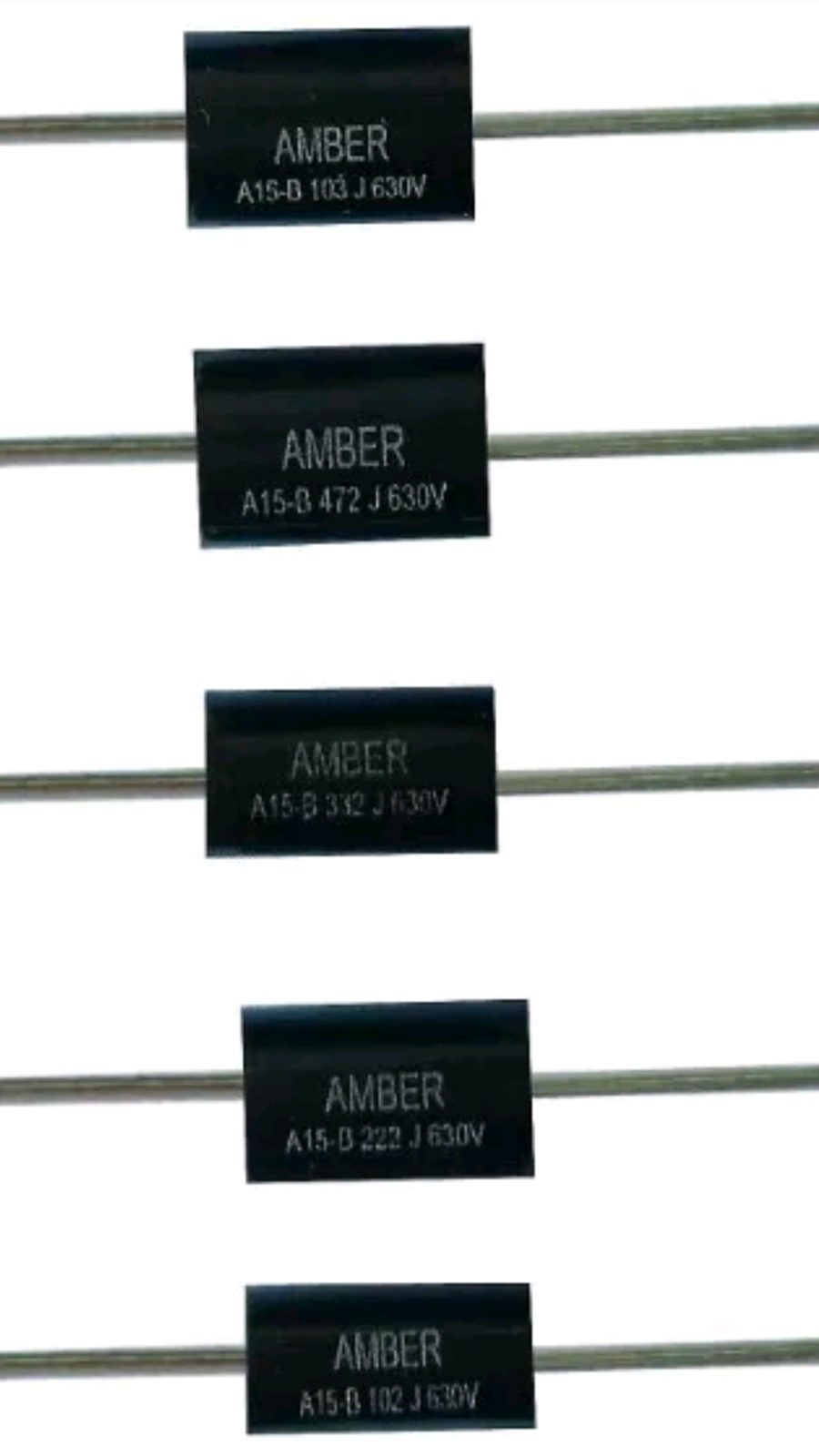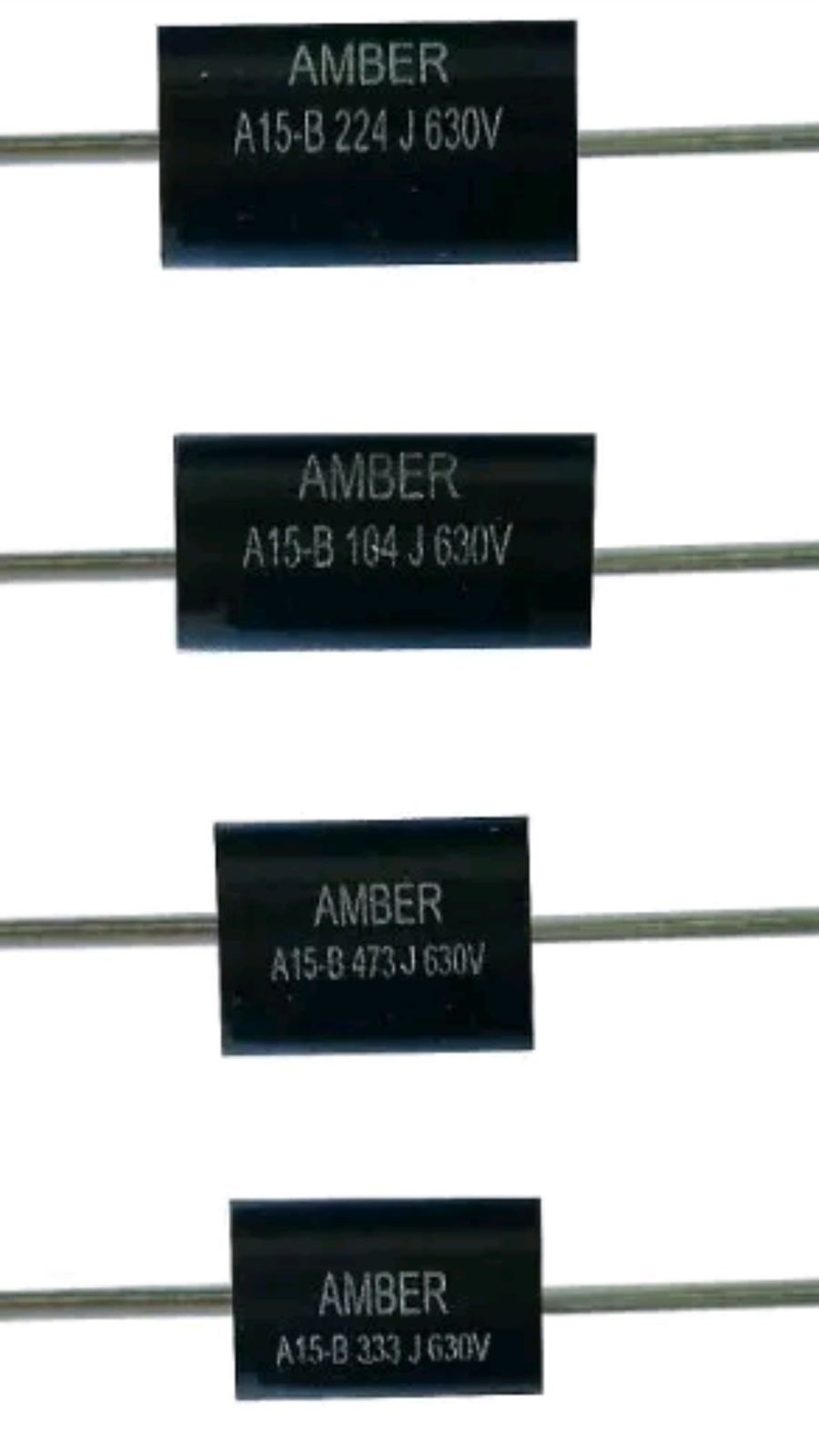Wanted and For Sale
Forum home - Go back to Wanted and for sale
|
Carls Capacitors Big things to come.
|
|
|
Return to top of page · Post #: 31 · Written at 11:58:32 PM on 2 August 2018.
|
|
|
|
Location: Wangaratta, VIC
Member since 21 February 2009 Member #: 438 Postcount: 5605 |
|
One of the things to be aware of if you carry stocks, is storage period. If its over two years, I normally put them on the reformer for while. |
|
|
Return to top of page · Post #: 32 · Written at 10:30:55 PM on 5 August 2018.
|
|
|
|
Location: Perth, WA
Member since 7 July 2007 Member #: 156 Postcount: 7 |
|
|
|
|
Return to top of page · Post #: 33 · Written at 12:34:41 AM on 6 August 2018.
|
|
|
|
Location: Latham, ACT
Member since 21 February 2015 Member #: 1705 Postcount: 2220 |
|
I agree Marcc. |
|
|
Return to top of page · Post #: 34 · Written at 1:10:52 AM on 12 August 2018.
|
|
|
|
Location: Latham, ACT
Member since 21 February 2015 Member #: 1705 Postcount: 2220 |
|
Guys the new caps are here. Yes no one has supplied these in the recent past for the restorer. I have sent photos and will explain more when they are up.   |
|
|
Return to top of page · Post #: 35 · Written at 8:35:10 PM on 12 August 2018.
|
|
|
|
Administrator
Location: Naremburn, NSW
Member since 15 November 2005 Member #: 1 Postcount: 7564 |
|
Photos uploaded to Post 34. ‾‾‾‾‾‾‾‾‾‾‾‾‾‾‾‾‾‾‾‾‾‾‾‾‾‾‾‾‾‾‾‾‾‾‾‾‾‾‾‾‾‾‾‾‾‾‾‾‾‾‾‾‾‾‾‾‾‾‾‾‾‾‾‾‾‾‾‾ A valve a day keeps the transistor away... |
|
|
Return to top of page · Post #: 36 · Written at 4:33:09 PM on 16 August 2018.
|
|
|
|
Location: Hobart, TAS
Member since 31 July 2016 Member #: 1959 Postcount: 581 |
|
Carl, these new black caps. |
|
|
Return to top of page · Post #: 37 · Written at 7:37:52 PM on 16 August 2018.
|
|
|
|
Location: Latham, ACT
Member since 21 February 2015 Member #: 1705 Postcount: 2220 |
|
Well I know they are 5% tolerance and rated at 630 volts. I have only just got them . I can only say they are of the highest quality. Definitely a better looking cap. |
|
|
Return to top of page · Post #: 38 · Written at 7:54:46 PM on 16 August 2018.
|
|
|
|
Location: Hobart, TAS
Member since 31 July 2016 Member #: 1959 Postcount: 581 |
|
Yes, would love to have a play with a couple of values. |
|
|
Return to top of page · Post #: 39 · Written at 11:16:10 PM on 23 August 2018.
|
|
|
|
Location: Latham, ACT
Member since 21 February 2015 Member #: 1705 Postcount: 2220 |
|
Johny Yours are in the mail. Sorry I have been a bit slack with them. |
|
|
Return to top of page · Post #: 40 · Written at 10:26:51 AM on 24 August 2018.
|
|
|
|
Location: Belrose, NSW
Member since 31 December 2015 Member #: 1844 Postcount: 2642 |
|
Carl, I'd like to test a few to see if they are suitable for boost cap service in TVs. This class of service can be demanding for current handling capacity. I could test a few 47nF caps to destruction for you and give you a report. |
|
|
Return to top of page · Post #: 41 · Written at 4:39:29 PM on 24 August 2018.
|
|
|
|
Location: Latham, ACT
Member since 21 February 2015 Member #: 1705 Postcount: 2220 |
|
Emailed you Ian. |
|
|
Return to top of page · Post #: 42 · Written at 10:13:51 PM on 4 September 2018.
|
|
|
|
Location: Latham, ACT
Member since 21 February 2015 Member #: 1705 Postcount: 2220 |
|
Well the results are starting to come in for these and they are looking good. |
|
|
Return to top of page · Post #: 43 · Written at 12:07:37 AM on 5 September 2018.
|
|
|
|
Location: Wangaratta, VIC
Member since 21 February 2009 Member #: 438 Postcount: 5605 |
|
Being pedantic: With caps & very few do it on circuits, I prefer to add the leading Zero before the decimal point. That way the point is distinguishable from the Fly dung & spots you see on the AORSM ones & often if you fail to clean the scanner bed. |
|
|
Return to top of page · Post #: 44 · Written at 6:52:15 PM on 6 September 2018.
|
|
|
|
Location: Latham, ACT
Member since 21 February 2015 Member #: 1705 Postcount: 2220 |
|
Well here are the Results of Johnies capacitor tests. You will see that he went far and beyond with these tests and they are proof that they are of the highest quality. |
|
|
Return to top of page · Post #: 45 · Written at 10:13:11 PM on 6 September 2018.
|
|
|
|
Location: Wangaratta, VIC
Member since 21 February 2009 Member #: 438 Postcount: 5605 |
|
I would agree that location plays a large part in cap selection. RB with longish leads can often be much tidier on the cathode of a valve socket & hanging down is below the rising heat in most cases. The same applies to the occasional use of "Red" green caps. |
|
|
You need to be a member to post comments on this forum.
|
|

Sign In

Vintage Radio and Television is proudly brought to you by an era where things were built with pride and made to last.
DISCLAIMER: Valve radios and televisions contain voltages that can deliver lethal shocks. You should not attempt to work on a valve radio or other electrical appliances unless you know exactly what you are doing and have gained some experience with electronics and working around high voltages. The owner, administrators and staff of Vintage Radio & Television will accept no liability for any damage, injury or loss of life that comes as a result of your use or mis-use of information on this website. Please read our Safety Warning before using this website.
WARNING: Under no circumstances should you ever apply power to a vintage radio, television or other electrical appliance you have acquired without first having it checked and serviced by an experienced person. Also, at no time should any appliance be connected to an electricity supply if the power cord is damaged. If in doubt, do not apply power.
Shintara - Keepin' It Real · VileSilencer - Maintain The Rage
